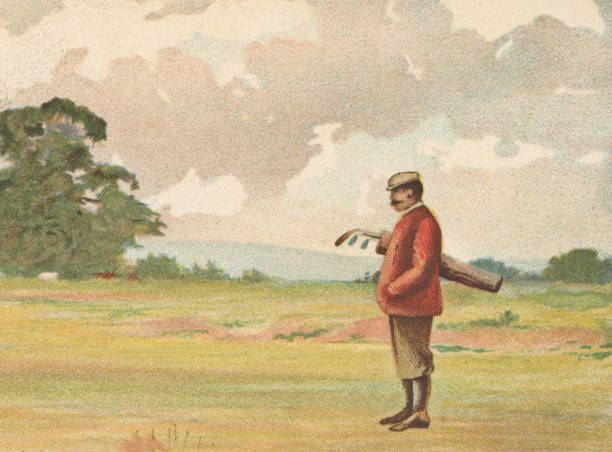For a country that fought a brutal war to divorce itself from everything related to the English, from government to culture, Americans remain curiously enamored with our cousins overseas.
The daily consumption of a warm “spot” of tea with milk was replaced by coffee, and Article 1, Section 9 forbids anyone in a position of public trust from accepting a foreign title. Yet, Prince Harry’s American wife, Meghan Markle Sussex, sells out of her ‘’As Ever” tea kits and has hinted at running for president even though she carries the English title of Duchess and her husband remains fifth in line to the British throne, according to the BBC.
It is also interesting that every epoch in modern American history has its own moniker such as the Roaring Twenties, Swinging Sixties and Gay Nineties, but the years between 1880s through 1910 have no such appellation. Those years are known as the Victorian and Edwardian eras, respectively, around the world, but not so much in the United States.
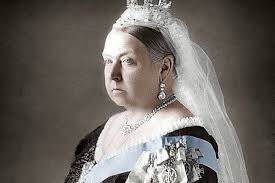
Those epithets refer to the reigns of Queen Victoria (1837 -1901) and, later, her son Edward (1901 – 1910). It was in this era, sometimes known as the Second Industrial era, for lack of an official moniker, where Americans soaked up English culture like no other time since the Colonial era.
The learning and innovation curve in the last 30 years of the Victorian era and the 10 years of the Edwardian era seemed to follow an arc straight up into the clouds, much like recent modern history as it seemed something new was unveiled weekly.
Electricity was finally harnessed, and the automobile, electric lights, telephone, indoor climate control, airplanes and ocean liners changed life more than any other epoch in human history other than the era in which we currently live.

Magazines and newspapers constantly ran ads featuring the new “miracles” such as the electric iron, automatic dishwasher and vacuum cleaner that freed many women from the never ending physical labor it took to run a household and gave them the extra time that they took advantage of to become politically active and demanded the right to vote.
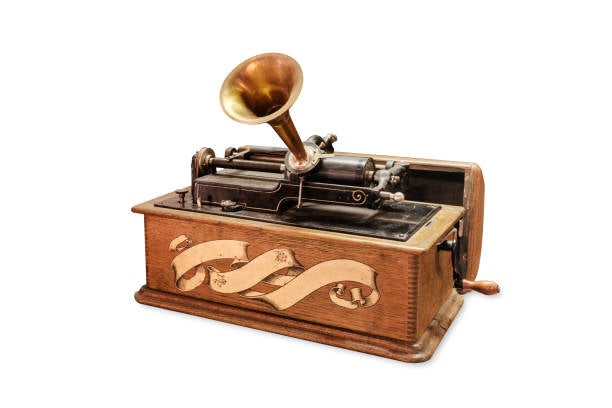
In England and in America, according to Find Law, education for minors slowly became compulsory, and the use of child labor waned long before the creation of OSHA. Later generations would learn that children and teenagers were far more economically beneficial as consumers than they were working in the mills.
While many of the cultural customs of the Victorians and Edwardians went by the wayside as the world evolved, it is a bit surprising to pay attention and discover how much of that world long-ago remains in our society today, even in Augusta.
The neighborhoods of Summerville and Olde Town bear witness to the once powerful influence of the Victorians through the architecture that remains. All throughout those areas sit houses with jutting gables and side “turret” rooms. Looking in from the outside, one can imagine the chaste young woman modestly sharing a settee with her beau under the watchful eye of a chaperone.
At the turn of the 20th century Augustans were heavily influenced by the wealthy folks from the North who vacationed during winter in Augusta when they weren’t cruising across the ocean looking for a titled European suitor for their debutant daughters. In fact, those same Northerners were obsessed with everything aristocratically European and it showed from their manner of dress to the more prim and proper manners of the day.
Amazingly, these historic homes in Augusta that we refer to today as mansions were called “cottages” by the visiting Northerners.
It is easy to spot the Victorian holdovers at Christmas as traditions such as hanging stockings for Santa and leaving out a plate of cookies for Saint Nick are every bit Victorian as plum pudding and keepsake Christmas cards.
It was very much a custom, according to the late Augusta historian Ed Cashin, for people to grab blankets and go for a horse and buggy ride around town to look at the Victorian Christmas decorations that adorned most homes and carolers singing at the sills were a common occurrence. Today, the carolers are long gone, but riding around and checking out the lights remains a custom in the Garden City.
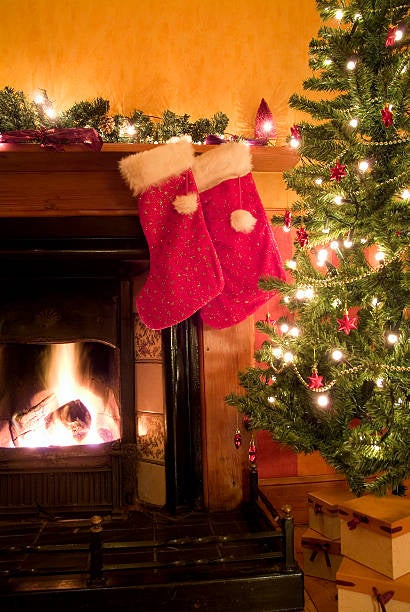
Thankfully, just as the ornate bow and tinsel covered trees of the era became popular and replaced the rather blandly decorated trees of old, electric lights replaced candles on the Christmas trees, lessening the threat of an accidental fire.
Having the family patriarch sit in front of the fire on Christmas Eve and read “‘Twas the Night Before Christmas” to the rosy cheeked children at his knees remains a tradition in many households today.
Not only did Augustans conform to the Northerners’ obsession with Victorian architecture and new holiday traditions, local shops featured hand sewn dresses and tailored suits that would make the most elite Londoner feel natty.
Smoaks bakery was once a staple in Augusta, and it was the last of its kind, but in the early days of the 20th century there were bakeries on nearly every corner that featured fresh French and English pastries and tortes, even if the serving of afternoon tea remained a taboo.
Probably the biggest contribution that the Victorians overseas made to Augusta was the popularization of the game of golf. In fact, it can be said that what was once a game for the Victorian elite has, economically speaking, helped transform Augusta from a tiny Southeastern town to an internationally renowned city.
Manners maven and best selling author Mimi Matthews contends that while many Victorian social mores have gone by the wayside, golf etiquette developed by the Scottish and English in the 19th century are still very much the rules of today for pretty much everyone but fans of Happy Gilmore.
One major tradition that few recognize as starting with the Victorians is the concept of the “white wedding.”
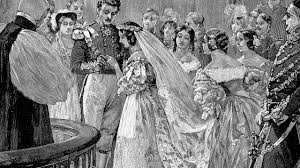
According to the Museum of Albert and Victoria, It was Queen Victoria who first commissioned an all-white bridal gown and demanded that only she and her bridesmaids be allowed to sport the color at her marriage ceremony to Prince Albert.
Of course, this detail symbolizing purity has made for some elegant and memorable marriage ceremonies, but it also created the concept of the “Bridezilla” having to be weepily dragged to the altar because her soon-to-be mother in law chose an off-white color ensemble that appeared too close in hue to her own dress.
And that is something you may not have known!
Scott Hudson is the Senior Investigative Reporter, Editorial Page Editor and weekly columnist for The Augusta Press. Reach him at scott@theaugustapress.com

